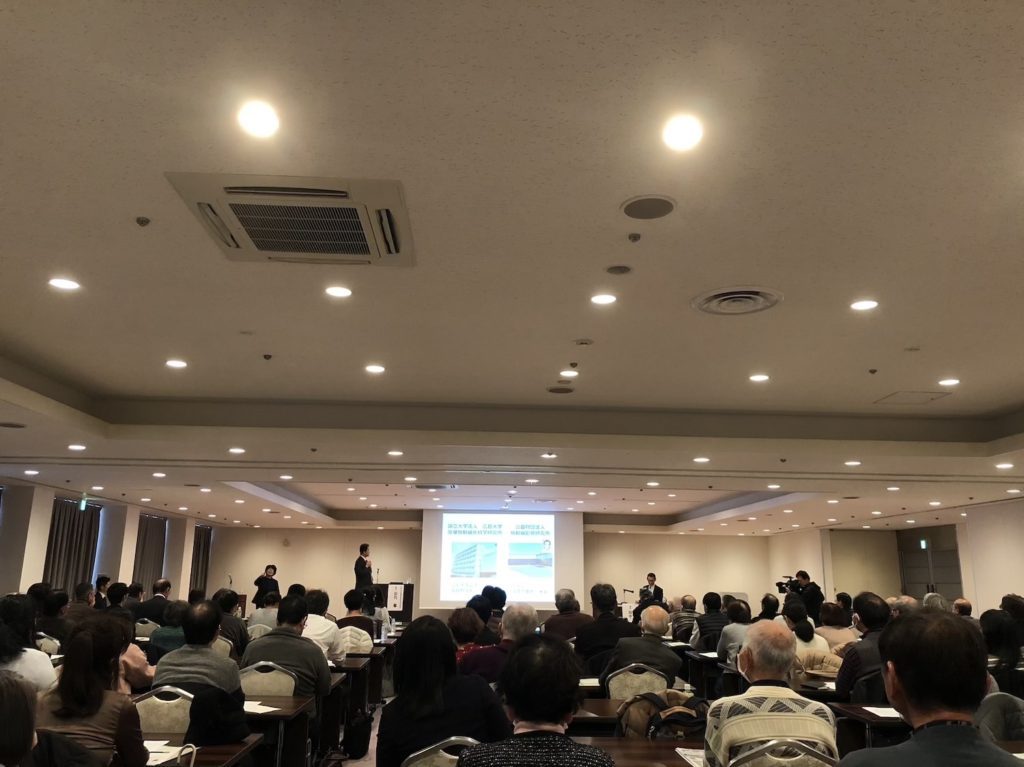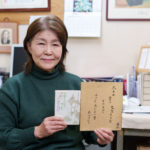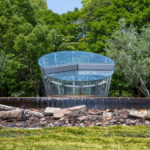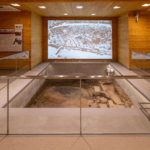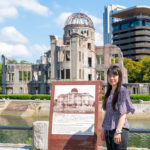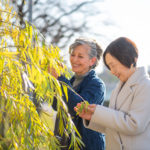Event Report HICARE(Event Report) The research of atomic bombing and your daily life.
On February 22 (Saturday), a symposium organized by HICARE was held in International Conference Center Hiroshima. The title of the symposium is “the research of atomic bombing and your daily life”.
1 What is HICARE?
The symposium was organized by HICARE, Hiroshima International Council for Health Care of the Radiation-exposed. HICARE was established in April 1991 in order to cooperate with relevant institutions in Hiroshima and support the medical care of radiation-exposure victims in the world. Projects of HICARE is including acceptance of medical trainees, dispatch of medical professionals, collaboration with the IAEA (International Atomic Energy Agency) (*1).
*1 Refer to the website of HICARE (http://www.hicare.jp/en/)
2 Symposium
(1) Research of Radiation Effects Research Foundation (RERF) – Face of Health Effects
Lecturer: NIWA Ohtsura, Chairman/ Representative Director of RERF
Radiation Effects Research Foundation (RERF) was established in 1975 and is a binational research organization funded by the governments of the United States and Japan. Dr. Niwa told us about the articles of incorporation of RERF. In Article 3, the below sentences are mentioned.
(Objectives)
Article 3 – This juristic person shall be established and managed with support from the Japanese and U.S. governments based on the Exchange of Notes Constituting an Understanding between the United States of America and Japan Relating to the Radiation Effects Research Foundation (with Record of Discussions), Tokyo, 27 December 1974, and its objectives shall be to conduct research and studies for peaceful purposes on medical effects of radiation and associated diseases in humans, with a view to contributing to maintenance of the health and welfare of the atomic bomb survivors and to enhancement of the health of all humankind.(*2)
It means that RERF has two objectives; the one is a science objective that is to conduct research and studies, and the other is a humanitarian objective that is to contribute to maintenance of the health and welfare. He recognized this means deeply when he supported medical care in response to the accident at the Fukushima Daiichi nuclear power plant. He believes that humanitarian idea is necessary in order their research to be useful in the society.
Moreover, he also told that the research of RERF (including predecessor organization, Atomic Bomb Casualty Commission (ABCC)) cannot be conducted without cooperation of atomic bomb survivors and expressed his appreciation for their cooperation.
*2 Articles of the Incorporation of RERF https://www.rerf.or.jp/uploads/2017/09/aie.pdf
(2) Research of Research Institute for Radiation Biology and Medicine (RIRBM) – Medical applications –
Lecturer: TASHIRO Satoshi, Director of RIRBM
Research Institute for Radiation Biology and Medicine is the only one research institute in Hiroshima University and one of the biggest university institutes in the field of comprehensive radiation biology and medicine. They have a division of radiation information registry. The division digitalizes atomic bomb materials in order to leave to the future as they are getting older. Dr. Tashiro introduced us the research around hypocenter and the synthetic medical studies on atomic bomb survivors exposed in short distances from the hypocenter.
Dr. Tashiro also told us about exposure doses per year. According to the website of Ministry of the Environment, the annual average doses of Japanese people are higher than that of in the world. That is caused by exposure to medical radiation. (*3) He told us the one of the main reason why Japanese medical exposure is high is the widespread use of CT scans. He also told us that we should recognize the medical merit of CT scans. Thanks to the widespread use of CT scans, we can receive good medical treatment and it has led long average life span of Japanese people. On the other hand, he introduced us the efforts to decrease exposure doses caused by CT-scans.
*3 Ministry of the Environment. Booklet to provide Basic Information Regarding Health Effects of Radiation
https://www.env.go.jp/en/chemi/rhm/basic-info/1st/02-05-03.html
3. What we can do
- Learn about the initiatives of HICARE
You can start to learn about the initiatives of HICARE. You can also learn about radiation and radiation effects on the human body.
HICARE: http://www.hicare.jp/en/
- Learn about the peaceful use of nuclear energy
NPT (Nuclear Non-Proliferation Treaty) obliges NWS (Nuclear-Weapon States) to undertake to pursue negotiation to nuclear disarmament. In addition, Article IV of NPT acknowledges the “inalienable right” of states parties to research, develop, and use nuclear energy for peaceful purposes. Nuclear Security plays an important role of the use of nuclear energy for peaceful purposes. Hiroshima Report which Hiroshima Prefecture annually published studies, analyzes and evaluates countries’ performance on nuclear security. For example, it studies status of accession to nuclear security and safety-related conventions, participation in nuclear security related initiatives and application to domestic systems.
You can start to learn about countries’ performance on nuclear security.
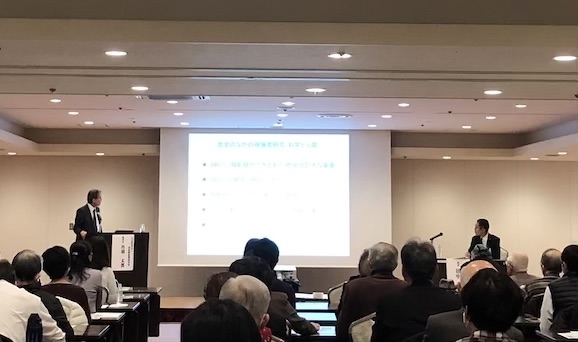
Information related to this page
Tags associated with this article



